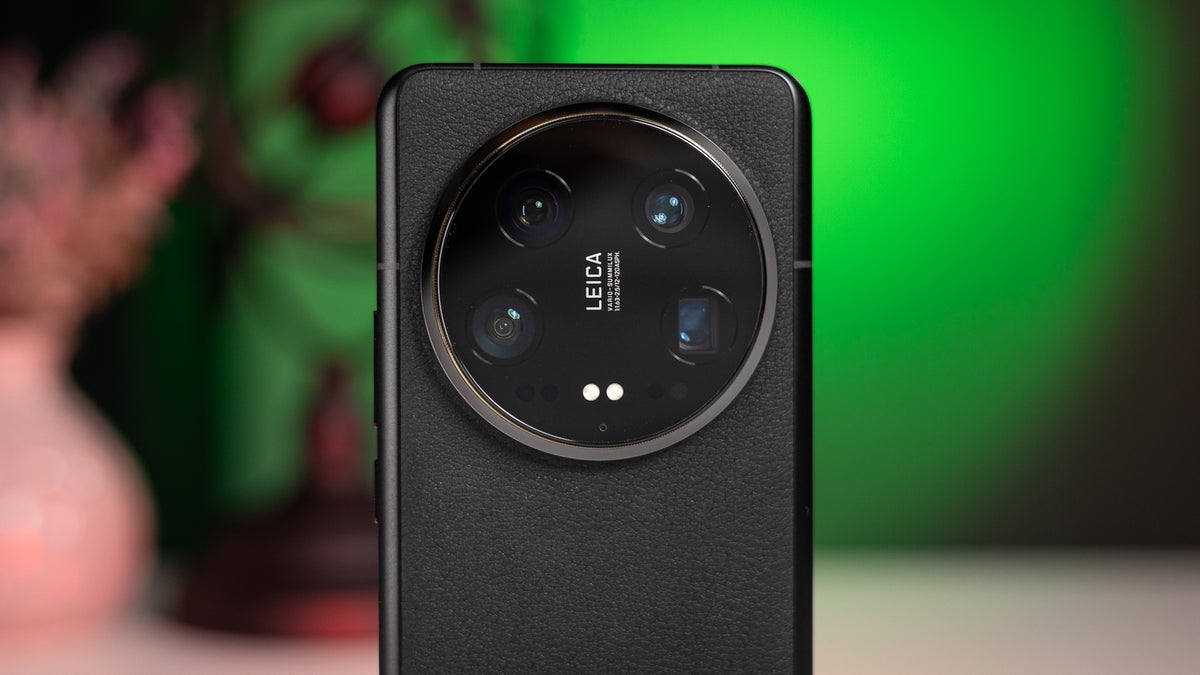Come on, admit it: 60x zoom is enticing. That is, if we’re talking about an optical 60x zoom: such a reach will get you to the Moon. However, an optical 60x means huge (as in: hu-u-u-ge) optical elements and a lens that protrudes almost to the Moon.
Given that we’re living in 2024, there’s another way to go telephoto: digital zoom. Up until recently, this was an utter joke, as digital zoom introduces numerous drawbacks: as you enlarge the image, the quality diminishes and artifacts appear. Essentially, digital zoom involves taking a picture, cropping the surroundings, and enlarging the remaining portion. While cropping a high-megapixel image yields better results, it still can’t compare to optical zoom.
Optical zoom operates differently. Although it also can lead to some quality degradation, the effect is much subtler and not nearly as pronounced as with digital zoom. As the name suggests, optical zoom is achieved through physical changes in the lens. For this process to work, there are certain physical requirements: the front element of the lens must be positioned farther from the sensor (the sensor captures the scene and converts it from light into digital data, which is then displayed as a clear image on your screen).Technology evolves rapidly and with it – the digital zoom capabilities.
While it can’t fully compete with optical, these days the digital zoom, especially with the help of AI, gets you very respectable results.
For example, notable tipster Kartikey Singh says he’s blown away by the Xiaomi 14 Ultra‘s 60x zoom capabilities:
Sure, the photo on the right (the one with the AI zoom assistance enabled) is clearly artificially enhanced – the contours are too sharp, the grass is completely made up and the whole scenery looks like it’s been drawn by a robot.
The point is that it looks to be drawn by a robot that knows how to paint.
